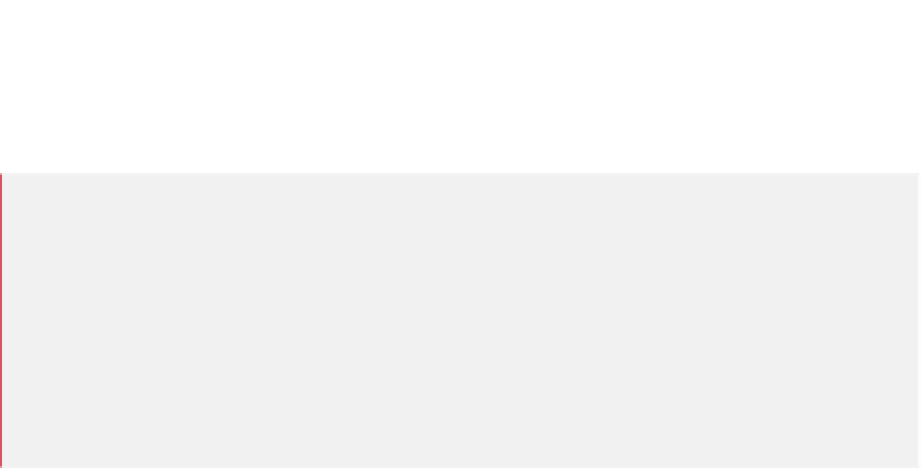Java Reference
In-Depth Information
44
// throw Exception back to method2
45
public
static
void
method3()
throws
Exception
46
{
47
throw
new
Exception(
"Exception thrown in method3"
);
48
}
49
}
// end class UsingChainedExceptions
java.lang.Exception: Exception thrown in method1
at UsingChainedExceptions.method1(UsingChainedExceptions.java:27)
at UsingChainedExceptions.main(UsingChainedExceptions.java:10)
Caused by: java.lang.Exception: Exception thrown in method2
at UsingChainedExceptions.method2(UsingChainedExceptions.java:40)
at UsingChainedExceptions.method1(UsingChainedExceptions.java:23)
... 1 more
Caused by: java.lang.Exception: Exception thrown in method3
at UsingChainedExceptions.method3(UsingChainedExceptions.java:47)
at UsingChainedExceptions.method2(UsingChainedExceptions.java:36)
... 2 more
Fig. 11.7
|
Chained exceptions. (Part 2 of 2.)
Program Flow of Control
The program consists of four methods—
main
(lines 6-16),
method1
(lines 19-29),
method2
(lines 32-42) and
method3
(lines 45-48). Line 10 in method
main
's
try
block
calls
method1
. Line 23 in
method1
's
try
block calls
method2
. Line 36 in
method2
's
try
block calls
method3
. In
method3
, line 47 throws a new
Exception
. Because this statement
is not in a
try
block,
method3
terminates, and the exception is returned to the calling
method (
method2
) at line 36. This statement
is
in a
try
block; therefore, the
try
block
terminates and the exception is caught at lines 38-41. Line 40 in the
catch
block throws
a new exception. In this case, the
Exception
constructor with
two
arguments is called. The
second argument represents the exception that was the original cause of the problem. In
this program, that exception occurred at line 47. Because an exception is thrown from the
catch
block,
method2
terminates and returns the new exception to the calling method
(
method1
) at line 23. Once again, this statement is in a
try
block, so the
try
block termi-
nates and the exception is caught at lines 25-28. Line 27 in the
catch
block throws a new
exception and uses the exception that was caught as the second argument to the
Exception
constructor. Because an exception is thrown from the
catch
block,
method1
terminates
and returns the new exception to the calling method (
main
) at line 10. The
try
block in
main
terminates, and the exception is caught at lines 12-15. Line 14 prints a stack trace.
Program Output
Notice in the program output that the first three lines show the most recent exception that
was thrown (i.e., the one from
method1
at line 27). The next four lines indicate the excep-
tion that was thrown from
method2
at line 40. Finally, the last four lines represent the ex-
ception that was thrown from
method3
at line 47. Also notice that, as you read the output
in reverse, it shows how many more chained exceptions remain.






